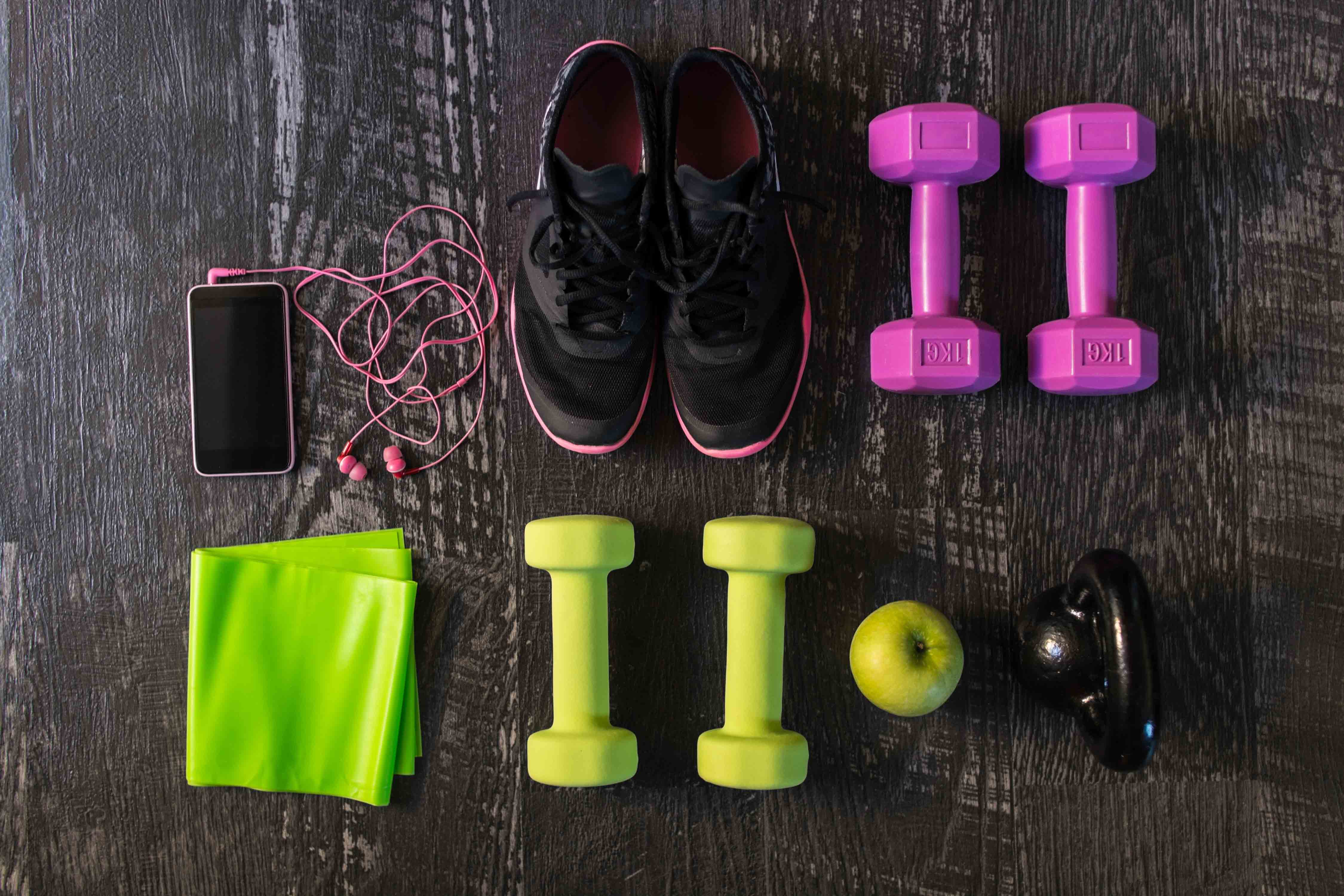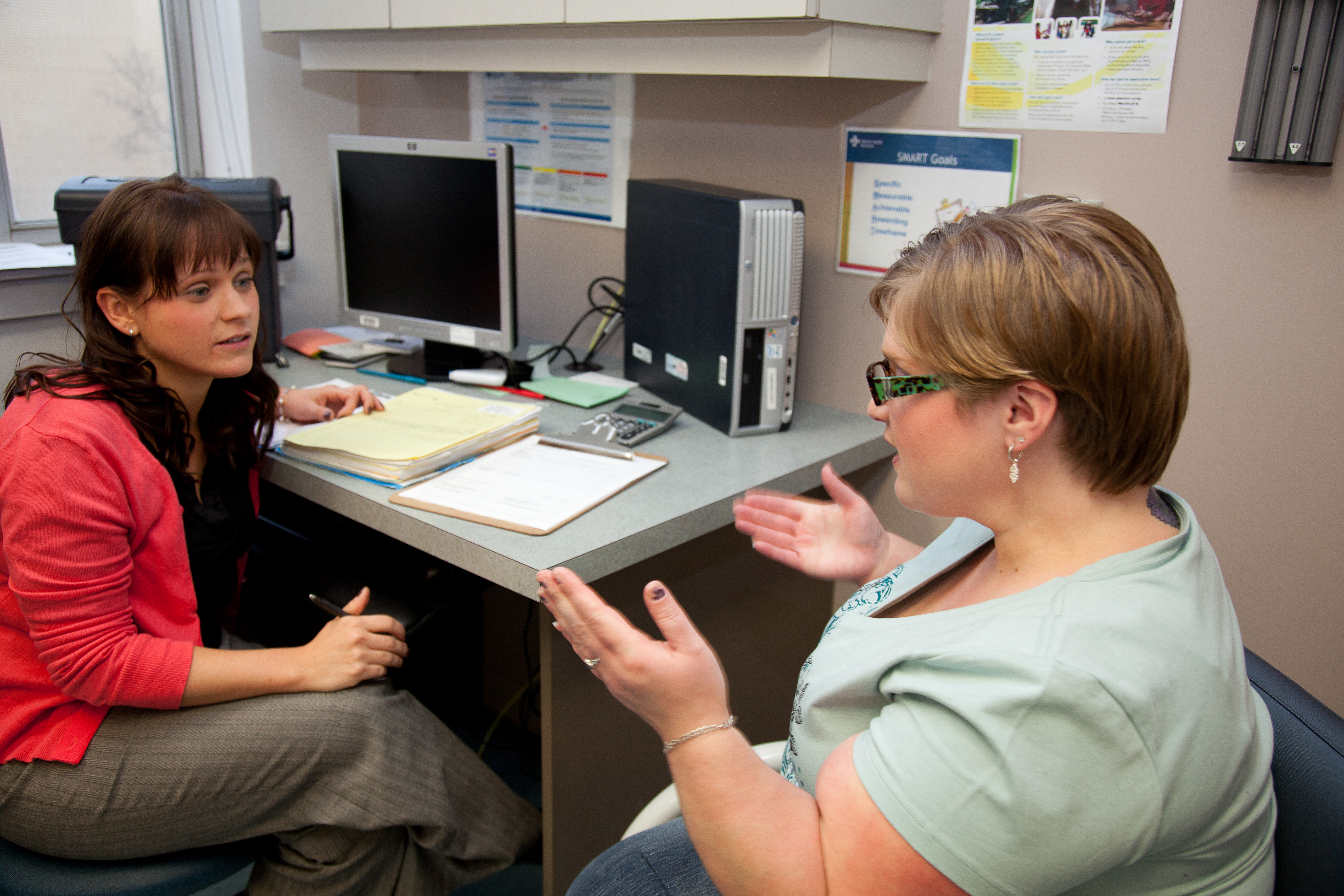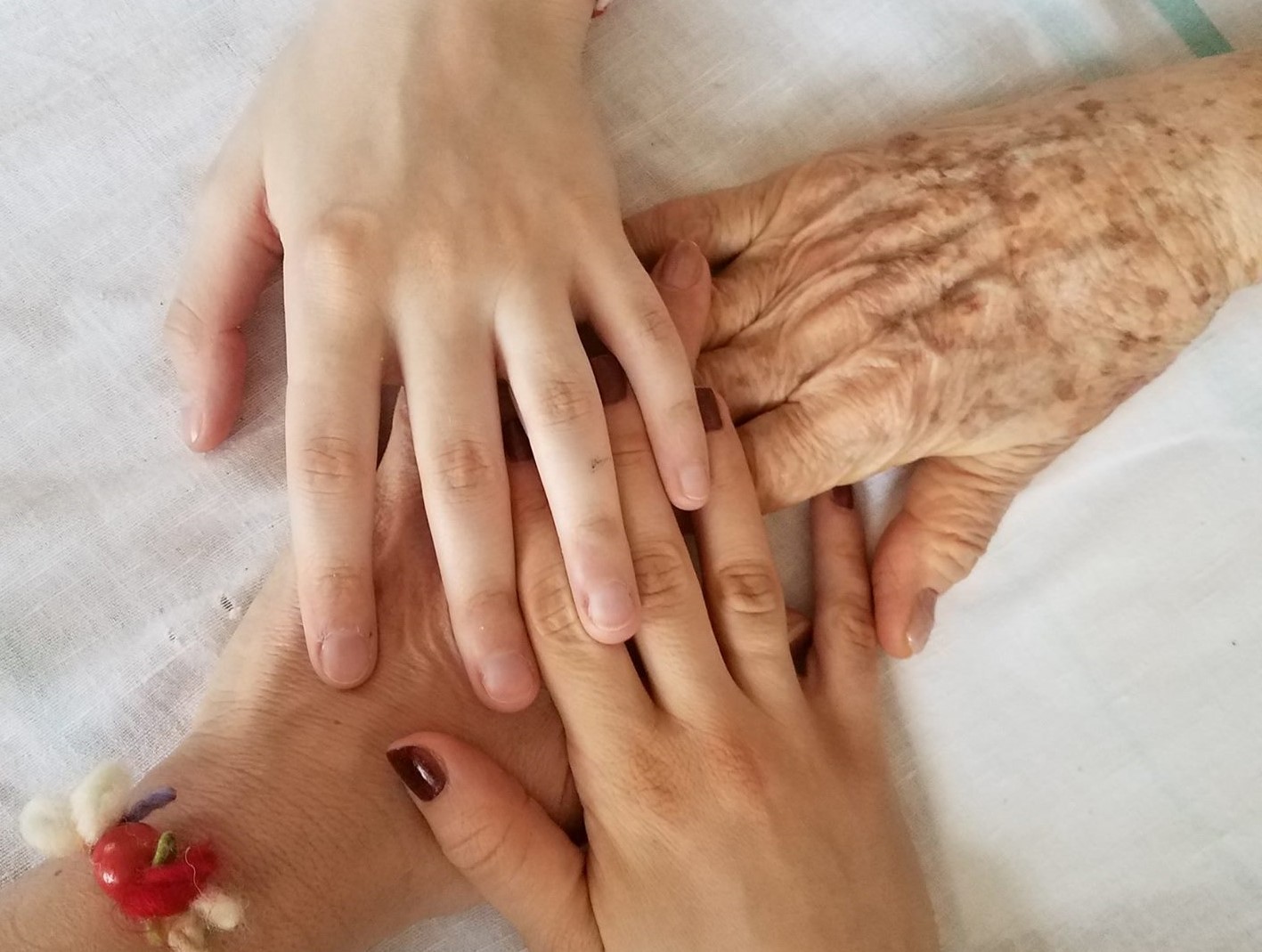Attività fisica in età avanzata: qual è la quantità giusta?
Di Anne Tiedemann, Università di Sydney, Australia
“La carenza di attività fisica distrugge la buona condizione di ogni essere umano, mentre il movimento e l’esercizio fisico metodico lo tutelano e preservano”… Platone, 400 AC.
È risaputo da tempo che fare dell’attività fisica un’abitudine regolare è importante per la salute ed il benessere. I messaggi di promozione della salute sono però spesso indirizzati a bambini e giovani, e rivolgono minore attenzione all’importanza dell’attività fisica alle le persone dai 65 anni in su. Tuttavia, l’età avanzata è una fase cruciale per rendere l’attività fisica una pratica quotidiana.












